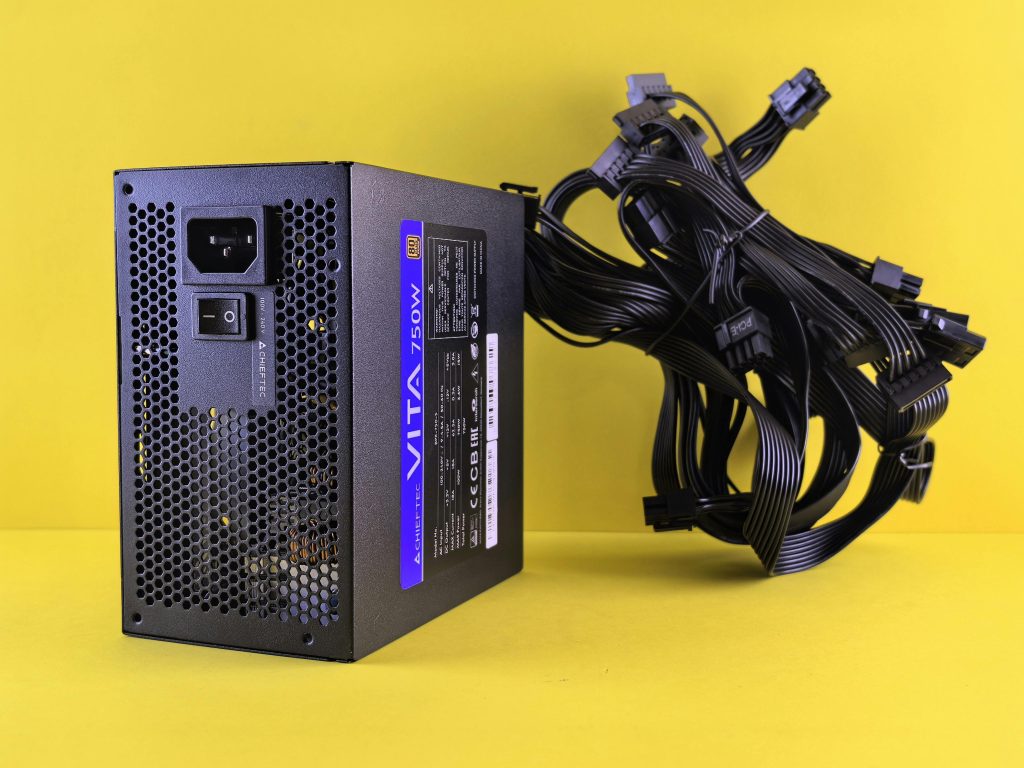Maximizing Energy Efficiency on Your Windows Laptop: How to Mimic Battery Mode When Plugged In
In the age of technology, laptops have become indispensable tools for both personal and professional use. They are our portable hubs for productivity, creativity, and entertainment. However, a perennial concern for many laptop users is power consumption. Particularly for those who use their laptops extensively, managing battery life and power efficiency becomes a critical issue.
For Windows laptops, users like those with the Matebook 14 2024 model have noticed a significant drop in power consumption when the device is running on battery as opposed to being plugged in. This blog post will delve into strategies to mimic this energy-efficient battery mode even when your laptop is plugged into an outlet. We’ll explore why this phenomenon occurs, how to recreate these conditions, and additional tips to optimize your laptop’s energy consumption.
Understanding Power Consumption Variances
Why Power Consumption Drops on Battery
When operating on battery power, Windows laptops often switch to a more conservative power profile. This is for several reasons:
-
Battery Longevity: Operating in a low-power mode helps preserve the battery’s health and longevity, reducing wear and tear over time.
-
Thermal Management: Reduced power consumption also means less heat production, keeping your laptop cooler, which is particularly beneficial for device performance and user comfort.
-
Hardware Optimization: Some hardware components switch to lower performance states, reducing their energy draw. For instance, the CPU might downshift to a lower clock speed, and the display might dim slightly.
Plugged-In Power Consumption
On connecting to a power outlet, these power-saving measures may not be as aggressive. The system assumes that energy supply isn’t an issue, so performance is prioritized over conservation. This results in increased energy usage even for basic tasks, leading to higher overall power draw and thermal output.
Strategies for Mimicking Battery Mode While Plugged In
To achieve the low-power behavior observed during battery operation even when plugged in, consider the following strategies:
-
Customizing Power Plans:
-
Custom Power Plan Creation: Begin by accessing your laptop’s power settings through Control Panel > Hardware and Sound > Power Options. Create a new power plan customized to match the low-power state used when on battery.
-
Adjust CPU Settings: Look for settings that allow you to limit the CPU’s maximum processor state. On battery, this might be defaulted lower, like at 50% rather than 100%.
-
Passive Cooling Policy: Ensure your cooling policy is set to “Passive” where the system attempts to lower power consumption and temperature before activating cooling fans.
-
Utilize Windows 11 EcoQoS Mode:
Windows 11 introduced EcoQoS (Quality of Service) mode, which is designed to improve energy efficiency for background apps.
-
Usage: Enable EcoQoS for applications where high performance isn’t necessary. This can be controlled via Task Manager > Details tab, where you can set ‘Eco Mode’ for specific apps.
-
Third-Party Tools and Utilities:
There are several third-party applications designed to boost power efficiency, such as ThrottleStop, which allows users to adjust their CPU’s power and speed settings more comprehensively.
-
ThrottleStop Usage: ThrottleStop can be used to undervolt the CPU and control Turbo Boost capabilities, which significantly impacts power and thermal characteristics.
-
Software and System Updates:
Regular updates ensure your laptop benefits from the latest power management technologies. Manufacturers often release firmware and Software updates to improve device efficiency.
-
BIOS and Driver Updates: Keep these up-to-date as they can provide enhanced power management capabilities and improved performance while reducing energy consumption.
-
Hardware Considerations:
-
Solid-State Drives (SSD): Consider upgrading to an SSD if not already equipped, as these drives consume less power than traditional spinning hard drives.
-
RAM Upgrades: Increasing RAM can reduce the need for page file usage on the hard disk, leading to lower energy consumption during operations.
-
Modifying Display Settings:
The screen is often one of the biggest energy consumers. Adjustments here can lead to significant savings.
-
Brightness Adjustments: Keep brightness levels as low as comfortable. Automatic brightness settings or adaptive brightness should also be considered.
-
Screen Timeout Settings: Reduce the timeout duration for the screen turning off when inactive. Every minute saved in active screen time contributes to overall efficiency.
Real-life Application and Benefits
Consider a digital nomad who travels frequently, relying heavily on their Matebook 14 2024 for work on the go. With airport layovers and cafes as common office spaces, plugging into power sources as available is essential. By implementing the above strategies, they can enjoy the benefits of reduced heat and noise via passive cooling, extended hardware lifespan through moderated processing speeds, and ultimately a more comfortable user experience during prolonged usage periods.
Moreover, environmental considerations favor energy efficiency. Reduced power consumption lowers your environmental footprint and contributes to global sustainability efforts.
Conclusion
While designing your Windows laptop to mimic battery behavior when plugged in involves a series of adjustments and considerations, the benefits in power savings and user comfort are substantial. By carefully customizing power plans, employing new features like EcoQoS, utilizing third-party utilities, keeping Software updated, and optimizing hardware and display settings, you can significantly enhance your laptop’s energy efficiency.
In a world where energy conservation is increasingly important, these efforts extend beyond personal benefit, contributing to a broader commitment to sustainable technology use. Whether you’re a digital nomad, a student balancing workloads, or simply tech-savvy, adopting these practices will enhance your laptop experience and foster a more environmentally friendly use of technology.
Share this content:




Response to Maximizing Energy Efficiency on Windows Laptop
It’s great to see a discussion on optimizing energy efficiency on Windows laptops! The strategies you outlined are very pertinent, especially with the increasing importance of sustainability in our tech usage. Here are a few additional thoughts and recommendations that might complement your article:
Advanced Power Settings: Beyond just creating a custom power plan, delve into the advanced power settings where you can tweak various parameters for even finer control. For instance, adjusting the “Processor power management” settings gives you more options to limit the minimum and maximum processor state specifically when plugged in.
Using Battery Optimizer Tools: Aside from ThrottleStop, apps like BatteryCare or HWMonitor can provide insights into battery health and assist in managing settings that extend battery longevity even when plugged in.
Task Scheduling for Background Apps: Consider using Windows Task Scheduler to limit background apps during specific hours, reducing the overall power load during peak activity times.
Utilizing Windows Performance Monitor: This tool can be invaluable for tracking how each component draws power during different activities. It can help identify which applications or processes are consuming excessive power while plugged in.
Monitor Temperature and Performance Levels:
Thank you for sharing this comprehensive overview! To achieve a similar low-power behavior on your Windows laptop when plugged in, I recommend starting with creating a custom power plan tailored for energy efficiency. You can do this by navigating to Control Panel > Hardware and Sound > Power Options and selecting Create a power plan. From there, choose settings that limit CPU maximum state (e.g., 50-70%), enable passive cooling policies, and reduce display brightness and timeout durations.
Additionally, exploring features like EcoQoS mode in Windows 11 can help optimize background app performance for reduced energy consumption. Utilizing third-party utilities such as Software?Media=" target="_blank" rel="noopener noreferrer nofollow ugc">ThrottleStop can also provide more granular control over CPU power settings, undervolting, and turbo boost management — all contributing to lower power usage.
Remember to keep your BIOS, drivers, and system firmware updated, as these often include enhancements for power efficiency. Don’t overlook hardware considerations like switching to an SSD and adjusting display settings for maximum savings.
Implementing these strategies should help your Windows laptop mimic battery-saving behavior even when plugged in